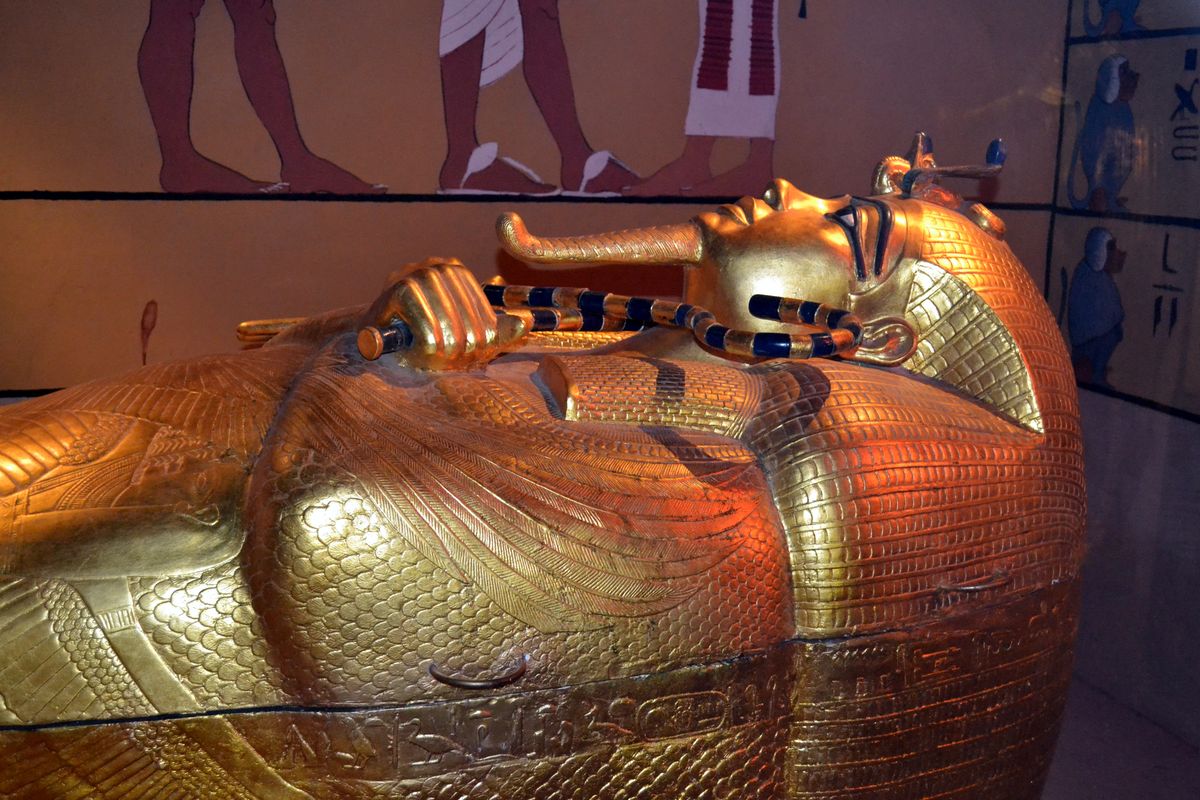Las Vegas is known for casinos, but museums hold treasure, too

People come to Las Vegas to gamble and be entertained, and the thought of including a visit to a museum seems like trying to mix oil and water.
But only the most committed gamblers spend all their time in the casinos.
Google “Las Vegas Museums” and you will find a long list of museums exploring everything from atomic testing to erotica. Obviously people DO go to museums in Las Vegas.
Here are a few to explore:
THE MOB MUSEUM
There was a time when crooks, racketeers and bold-faced murderers were not only frequently seen in Las Vegas but their “dirty money” amassed by criminal means was used to help build some of the opulent casinos found along the Strip.
Members of organized crime began investing money in Las Vegas in the 1940s, and to protect the tourist industry, they made Las Vegas a safe zone where contract killings were forbidden. Mobsters were raking in enormous profits from the gaming industry and they didn’t want to jeopardize the money flow.
A U.S. Senate Committee headed by Sen. Estes Kefauver held hearings across the nation in 1950-51 to expose organized crime, and those hearings and federal prosecutions led to a reduction in organized crime and a gradual loss of its influence in Las Vegas. One of those hearings was at a federal courthouse in downtown Las Vegas that has been converted to the Mob Museum.
The museum, which opened in 2012, tells the story of the battle between law enforcement and organized crime and how it affected Las Vegas.
Like so much of Las Vegas, this museum is for the adult crowd, mainly because of the black-and-white photos that show the abrupt endings of mob members. Exhibits detail the life stories of notorious figures such as Al Capone, Whitey Bulger, Bugsy Siegel and Lucky Luciano. Although many died violently, some of the worst criminals surprisingly died of natural causes at an old age.
Neon Museum
Most of the Vegas Strip is now lit with LED bulbs, but it was neon that glowed in the colossal signs that first dominated the skyline.
Many of those old neon signs are at the Neon Museum, scattered about like a boneyard.
A guided, narrated tour through the lot reveals that each sign has a story to tell. In a town like Vegas, some of the stories, well, should stay in Vegas.
As you wander among the signs, you learn fun facts: Carpet was first installed in casinos to keep cowboys from riding their horses into the buildings. One the first casino owners, whose sign is on display, came up with the idea of placing chairs in front of slot machines so that gamblers would stay longer. He also was the first to offer free or discounted meals to draw customers into his casino. Yellow signs were used in the 1950s because yellow was associated with uranium. The town was quite proud of the atomic bomb tests, and the mushroom clouds that could be seen over the mountains to the east.
The museum is home to about 150 signs dating as far back as the 1930s. There are iconic signs that once beckoned visitors to the Moulin Rouge, Desert Inn, Flamingo and Stardust, along with signs for bygone restaurants, hotels and other businesses.
Natural History Museum
Sure, you will see animals, birds, fish and dinosaurs. But this museum has an attraction unique to Las Vegas: the “Treasures of Egypt” exhibit.
Visitors walk through an underground archeological excavation of King Tut’s tomb. Inside there is King Tut’s gold-covered sarcophagus and many of the objects he needed in the here-after. Of course this is Las Vegas, and the entire display is a reproduction with Vegas Strip connection.
The pyramid-shaped Luxor casino and hotel opened in 1993 with an Egyptian theme. A larger-than-life sphinx welcomed visitors at the door. Inside, there was an elaborate venue complete with King Tut’s tomb. Later, managers of the casino decided that the display was too much of a distraction to their primary mission of gambling. Eventually the entire display ended up at the Natural History Museum.
If there children or grandchildren are along on the visit, this museum is a must-see. The life-sized dinosaurs exhibited are very impressive.
Old Las Vegas Mormon Fort
Joseph Smith sent Mormon missionaries to the Las Vegas area to convert the Native Americans. The missionaries built a primitive fort in 1855 with adobe bricks using water from the spring.
Wagon trains began passing through from Salt Lake City to California taking pioneers and supplies. However the Mormons had a hard go of it, trying to grow enough food to sustain their stay, and the Indians didn’t like the traffic passing through their territory.
The Mormons abandoned the site after less than two years. Some of the buildings have survived and there is a small but informative visitor center that fills in the rest of the story as hardy emigrants started homesteading and ranching in the vicinity of the original fort.